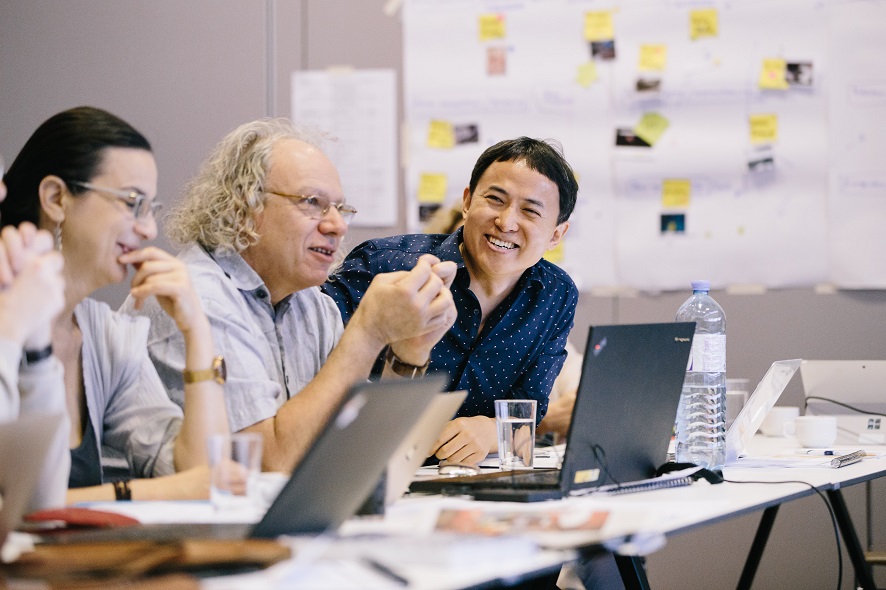This is the third consecutive year that Ars Electronica, the Waag Society and BOZAR have staged the competition to select the STARTS Prize recipients on behalf of the European Commission. STARTS singles out for recognition exciting, innovative projects at the nexus of Science, Technology and the Arts. Prizes are awarded in two categories: Artistic Exploration and Innovative Collaboration; both winners receive €20,000.
Whose works ultimately made the most favorable impression on the jury will remain a secret until June. To make the time fly until the big announcement, we set up an appointment with two of the jurors, Francesca Bria and Seiichi Saito, to talk about their intensive weekend of deliberations, 2018 trends, and the role of art and technology in society.
How have the jury deliberations been for you so far?
Francesca Bria: It has been a very interesting process of collaboration. We have been analyzing many different proposals coming from different countries and perspectives, collaborations between artists, the industry, societies, and cities, and projects that have different types of environmental, gender, sustainability and economic impact. We as jury members all represent different things: I represent a city, but also a government perspective. There are judges coming from the industry side, an Industrial Revolution kind of industry, and also industry that does prototyping, engineering, and industrial design. There is also a strong artistic dimension, and it’s very interesting to see how we discuss things and where we find a common ground. We all have a different understanding of the value of the projects. I think it’s been intense, but also very enriching from a subjective standpoint. The discussions and getting to a common ground have been great.
Seiichi Saito: For me, it is the first time as a jury member for the STARTS prize. In the discussions, we have to move to the depths of the process. It is not just about the outcome. When I look at the projects we have now chosen for the final consideration, I think we can actually direct the industry where it should actually go. Like Francesca said, we all have a different background, so we evaluate the work from a different perspective. The judging process for me is really a learning process.
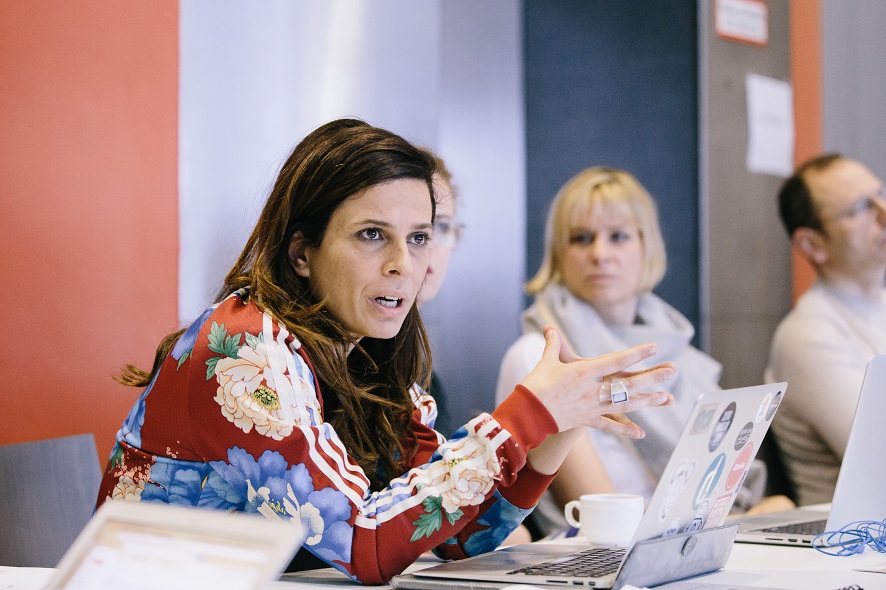
Francesca Bria. Credit: Florian Voggeneder
By now you have looked over quite a few submissions. Can you identify any trends?
Francesca Bria: I think that although we are seeing a lot of emerging technologies like artificial intelligence, big data, techniques of future manufacturing, or VR, the most important is what kind of direction we are giving this technological change. The intersection between the industry, science, and the arts really important because we cannot shape the technological direction if we don’t work in this interdisciplinary way.
That being said, there is a big trend around sustainability, how we think about life, how we use bio-design, and in particular how to question some of the trends in mass industry and mass production. It’s a way of looking at the production cycle and the supply chain in a different way. We saw trends around surveillance, a new dimension to privacy and the data economy. Artists are thinking about how we can protect people, but also how to give us tools that help us understand a fair economy, where citizens and users are more in charge of the data and understand the wider implication of technology in society. Then we saw trends around the use of materials, new constructions, flexible construction methods, faster prototyping, or 3D-printing in a new way. And of course, the entire debate around AI is a trend, human-machine interaction, and the question of how we can interpret AI. Artists are not only thinking of AI as the new hegemony, which is very much where I come from, a technology, industry, or government perspective, but also about how AI can open up a new space for dialogue between people. How can AI help us to interpret things in a new way?
Seiichi Saito: I thought back to what the other juries picked before in 2016 and 2017, and there were so many trends like bio-art or AI or robotics. I think that this time it was more experimental. This year, many ideas entered a practical phase, which means that technologies like AI or robotics or open data are executed at a certain level in the society. Artists start producing products, putting ideas into action. I think at the moment it is all about the execution, putting the technology into practice that we have been talking about for the last five years, which means that technology is going to change somebody’s life or entire countries or cultures soon.
Francesca Bria: Another strong trend, related to what you just said, is the question of how to build strong communities. In our jury deliberations, we have emphasized the impact of a technology. There are projects that build big communities around the practice and then show how to scale and replicate this innovation. People are really becoming agents of change. There is a strong social community effect not just in STARTS, but we also saw it in the other categories of Prix Ars Electronica. People are thinking about the question of building strong communities and amplifying the social impact of the technologies. Another big question is diversity and feminism. We want to show a diverse perspective and make sure that we have more women represented, more projects coming from all around the globe and not just the usual suspects that do the interesting, cutting-edge work.
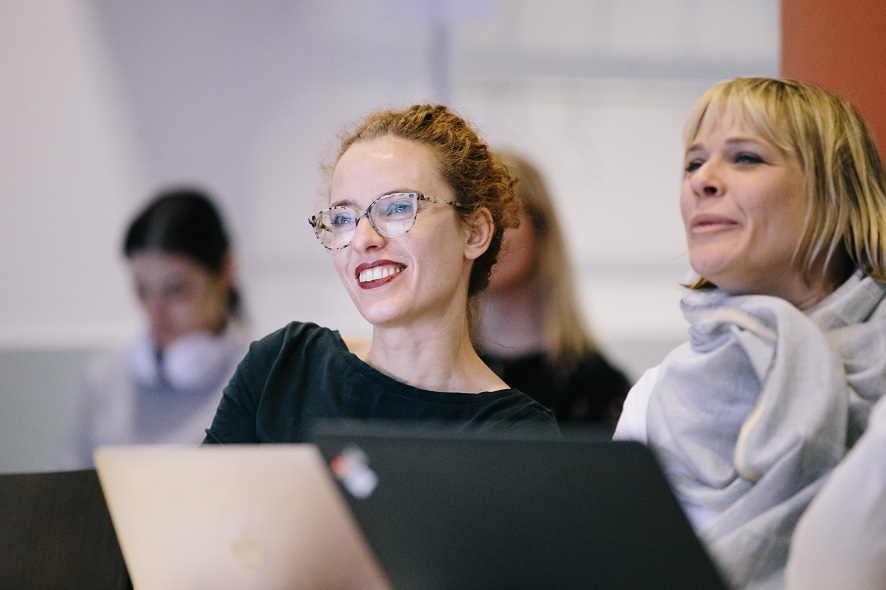
Alex Verhaest. Credit: Florian Voggeneder
You are looking for two prizes, one in the category of Artistic Exploration and one in the category of Innovative Collaboration. Why do you think is it important to consider these two aspects?
Francesca Bria: Well, first of all, artistic exploration is very important to give a different direction to the industry and to technological change. This is the category where we look at the artist as a critical reflector: Where are we going with all this? Artists can open a new field or a new perception of the use of technology that the industry itself or the government cannot think about. We can say that we are going to give a prize to excellent artistic innovation. The other prize is more about how the industry, science, and the arts collaborate. I think for Europe it’s particularly important to really strengthen this collaboration, because we need different dimensions and we need to look at how the industry can advance. The criteria here are not only the critical background or the excellence of the work, but what it gives to the industry and how the industry can create a new platform for collaboration. We are looking for flagship projects that are opening a new avenue of experimentation for a particular industry or technology.
Seiichi Saito: Well, I think the artistic point of view and also the collaborative point of view are both an important area where I see a lot of the practical movement happening that I mentioned before. Innovative Collaboration is all about being practical, making something down to earth, a collaboration, a certain product, service or even a culture. On the other hand, Artistic Exploration never stops, and that’s the beauty of it. I think it is really important to have artists to show where the collaboration with the industry might go.
Francesca Bria: Or even the provocation or the conflict! We are at a point of rupture. Innovation is not incremental or linear, but there is a rupture, introduced by artists who look at the world from a very controversial or counterintuitive standpoint. We are looking for that rupture that could open a new perspective, and this is where the artists come in.
Seiichi Saito: That’s the role of an artist in society. We have to keep throwing the questions: Why this? And why that? Is this the right path or not? And if it is not the right path, artists can move in a different direction or show how something is wrong. Even if right now something is too expensive for example, maybe the entire industry together can produce it in a cheaper and better way. That is why I think it’s really interesting and also important to have these two directions.
You are looking at projects right at the intersection of science, technology, and the arts. What’s so interesting about this particular intersection?
Francesca Bria: For me, there is an absolute need to think of this intersection. For instance, as the Commissioner of Digital Technology and Innovation in Barcelona, I am in charge of the topic of smart city, which is the future of cities. It is absolutely crucial to shape the future of cities not from a technology standpoint, by introducing first the technology that is going to change everything, like sensor network, data connectivity, or AI, but to actually to do the reverse. Before introducing the technologies, it is important to understand the citizen’s needs, the needs of the society, and to introduce a different perspective and this multidisciplinarity that is at the intersection of the arts, technology, and science. We need to ask the right questions to understand what we really need, what the direction of change is, and how we can open a space for collaboration. This is absolutely critical now, while we are living the fourth Industrial Revolution, because we are at a point of a really big disrupting change. Trend like AI, the smart cities, or the Internet of Things show that we are at the brink of a very big transformation. I think we need to have this collaboration as part of the way we shape policies. Another thing that artists do is to open a space for the audience, for citizens, for people, to open a public debate around ethics, around the environmental impact, around the gender impact, around the societal benefit, and the economic model. We need this space to be very central in the way we make decisions, and we need to have the right approach and right stakeholders on board. We are at a critical point where we need to do this science, technology and art collaboration, and we need to do it in a way where we as policy makers understand it.
Seiichi Saito: Maybe ten years ago, technology, science, and art were totally separate. But as Francesca said, now we have to get together really tight to think about how we can make the world better. It is not like back in the day, where one industry tries to do things and another industry tries to do other things. We have to do it synched and execute it together. We need collaboration between different experts and field people, they need to swarm together, because everything, product design, city design, architecture, everything, becomes more and more complicated. Not only architects can talk about architecture, but also industry leaders or scientists can start talking about architecture. I think the STARTS Prize gives us a dimension, almost like a sphere, in which even though you come from totally different fields, you can access the same thing. It is not simple, so I think that’s why STARTS with the technology, science, and art might be a good starting point. Maybe afterwards, we can get industry leaders to tackle social problems or open up new perspectives or even making something better, cheaper, more democratizing.
Francesca Bria: And why should Europe not give an example of the potential of this collaboration? And also create a global platform? We saw many applications from all around the world, and I think it is very good that the European Commission is fostering this, but also integrating projects that other places in the world are doing and then creating a global platform, where we can democratize technology and give a future direction to technological change.
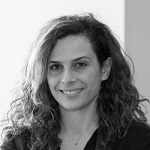
Francesca Bria (IT) is Senior Advisor and Expert on technology and innovation policies. She has a PhD in Innovation Economics from Imperial College, London and an MSc in Digital Economy from University of London, Birbeck. As Senior Programme Lead at Nesta, the UK Innovation Agency, she has led the EU D-CENT project, the biggest European Project on direct democracy and digital currencies. She also led the DSI project on Digital Social Innovation in Europe, advising the EU on digital social innovation policies. She has taught at several universities in the UK and Italy and she has advised Governments, public and private organizations and movements on technology and innovation policies, and their socio-economic impact. Francesca Bria is an adviser to the European Commission on Future Internet and Innovation Policy and she heads the DECODE project (http://decodeproject.eu) on data sovereignty in Europe. She is currently the Commissioner of Digital Technology and Innovation for the city of Barcelona.
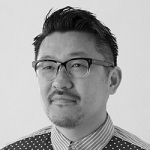
Seiichi Saito (JP), born in Kanagawa in 1975, began his career in New York in 2000 after graduating from Columbia University with a Master of Science degree in Advanced Architectural Design (MSAAD). Since then, he has been active in creative work at the Arnell Group, and returned to Japan upon being selected for the Echigo-Tsumari Art Triennial event. He produces works in the commercial art field which are three-dimensional and interactive while also being based on a firm grounding in logical thought that he cultivated through architecture. Seiichi Saito has won numerous international awards since 2009. He currently serves as Director of Rhizomatiks Co., Ltd., while also lecturing part-time at the Department of Graphic Design in the Faculty of Kyoto Seika University. In addition, he was member of the 2013 D&AD “Digital Design” Jury, 2014 Cannes LIONS “Branded Content and Entertainment” jury and Good Design Award 2015-2017 Jury. Seiichi Saito also acted as Milan Expo Japan pavilion theatre space director and Media Art Director at Roppongi Art Night 2015.
The winners of the 2018 STARTS Prize will be announced in early June, and their projects will be on display in Linz during the upcoming Ars Electronica Festival September 6-10, 2018 at an exhibition in POSTCITY. The Festival will also feature a STARTS Forum [date/time to be announced] at which the winners will elaborate on their work.
This project has received funding from the European Union’s Horizon 2020 research and innovation programme under grant agreement No 732019. This publication (communication) reflects the views only of the author, and the European Commission cannot be held responsible for any use which may be made of the information contained therein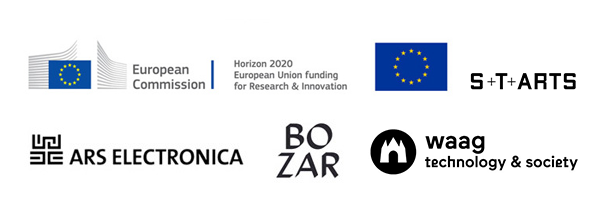
To learn more about Ars Electronica, follow us on Facebook, Twitter, Instagram et al., subscribe to our newsletter, and check us out online at https://ars.electronica.art/news/en/.
